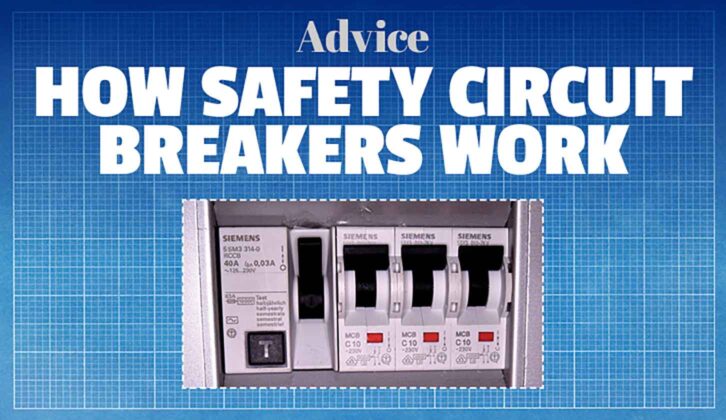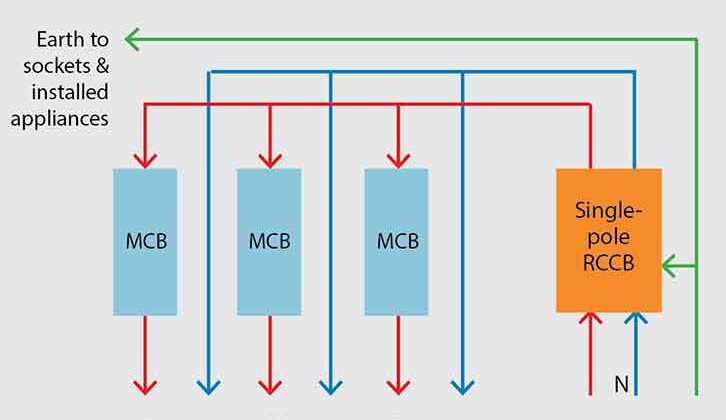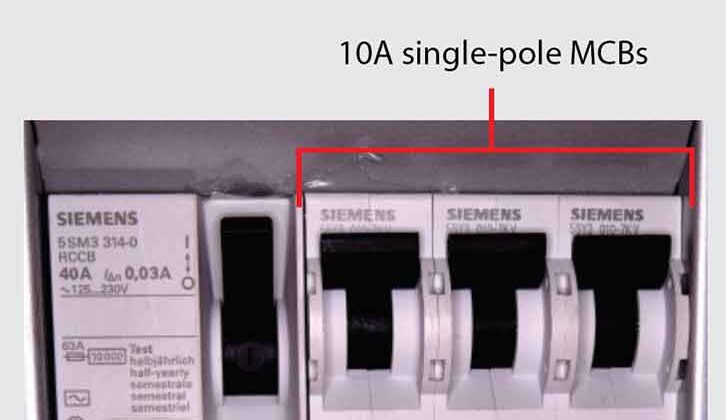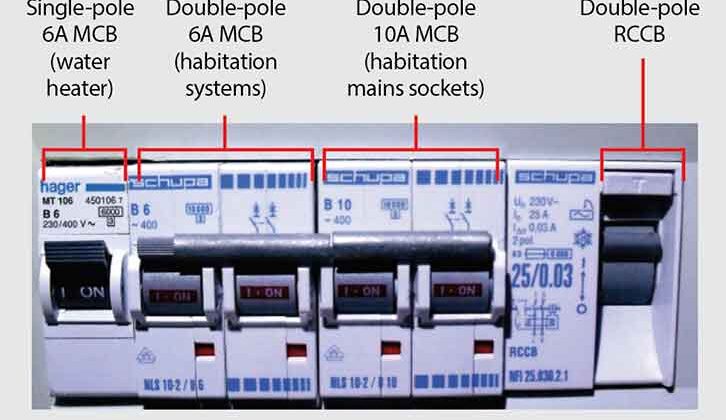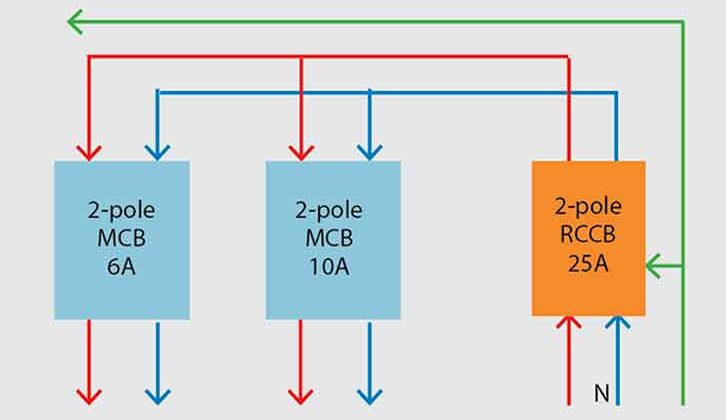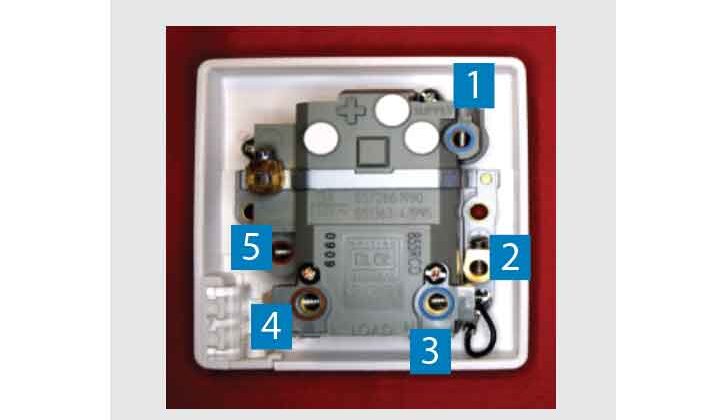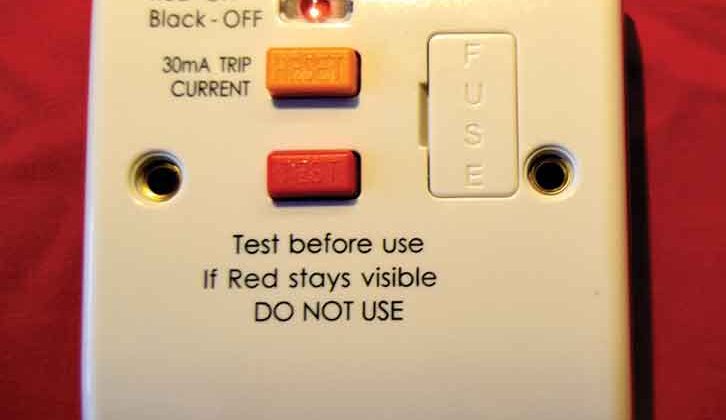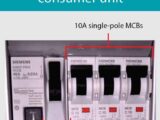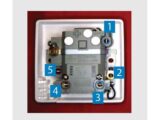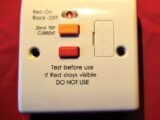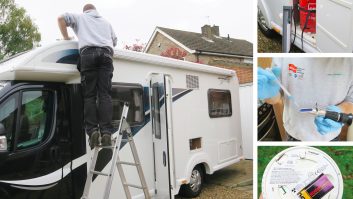Most people will have heard of RCCBs (residual current circuit breakers), often referred to as residual current devices (RCDs) – they are the vital things that prevent us being electrocuted when we run over the cable with the electric mower.
But there’s a lot more to them than just preventing inept mains electric mower users from clogging up A&E or possibly, meeting their maker.
RCCBs and RCDs are clever pieces of electronic wizardry that can detect fault conditions in an appliance or an electrical circuit and isolate the power supply in a fraction of a second, preventing damage to the appliance and, more importantly, the possible electrocution of the user.
Circuit breakers have long been mandatory in motorhomes. Older models may still not have RCCBs and miniature circuit breakers (MCBs), but both can be retrofitted by a qualified electrician and are well worth the effort and expense involved.
Take a look at our explanation of what a Watt is too to find out more about another common electrical query.
Principle of operation
Physicist Gustav Kirchhoff (1824-1887) gave us the law of physics which states, in simple terms, that the current flowing into a point (or appliance) must exactly equal the current flowing out of it.
In essence, this means that when an appliance is working correctly, the current flowing in the live conductor will equal exactly the current flowing in the neutral conductor. In the event of a malfunction, a current, however small, will flow from the main circuit to earth. This current is not returning via the main circuit, so an imbalance will occur – more current will be going in than is coming out.
Once this ‘leakage’ current reaches around 30 milliamps (mA), in most cases, the RCCB senses the situation and trips, isolating the system. The average time taken to do this is in
the region of 40 milliseconds (ms).
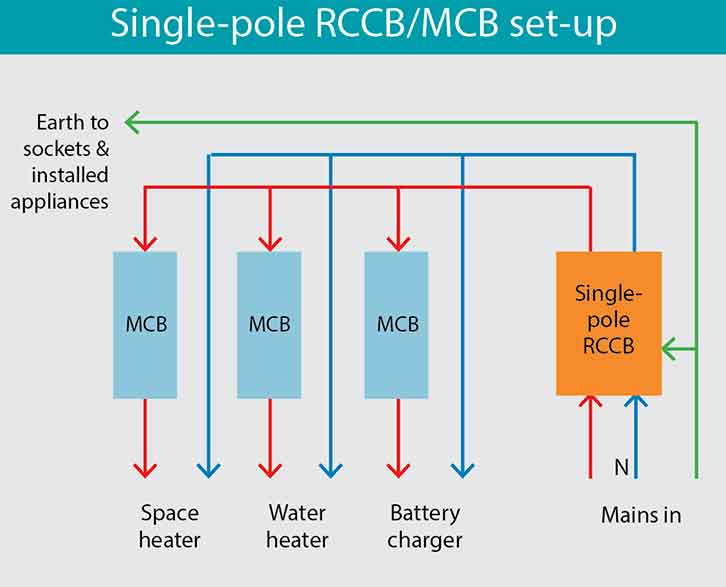
Now importantly, both the 30mA leakage limit and the 40ms operating time have pertinence here.
It has been shown that the average human body, in an electric shock situation, can withstand a current of up to 30mA for up to 40ms without going into ventricular fibrillation
(the most common cause of death through electric shock).
So in the unfortunate event of somebody touching a part of the appliance that has become ‘live’, there’s a good chance of them not coming to any lasting harm.
Want to know more about what you can do to keep your battery
Overloading
It must be stressed at this point that the RCCB alone does not protect the circuit from overload or short circuit circumstances, because in the event of such an occurrence, the in/out current, although very high, would still remain in perfect balance.
For this reason, RCCBs are usually employed ahead of conventional current breakers (MCBs), whose job it is to protect circuits from possible current overload.
RCCBs can handle the short-duration high currents occasioned in such an event until the MCB cuts out, in the region of milliseconds.
It should be noted that the UK is at variance with Europe, in that we always wire socket outlets with the live wire in the same orientation – to the right of the socket, with the neutral placed to the left.
Consequently, all socket, light and cooker switches and so on have one switch/MCB/RCCB in this conductor.
This is not a bad move from a pricing point of view: double breakers and double-pole switches cost more.
Europe operates on the principle that live and neutral conductors can be swapped willy-nilly, hence the use of the double-pole principle – they isolate both live and neutral in all switching operations.
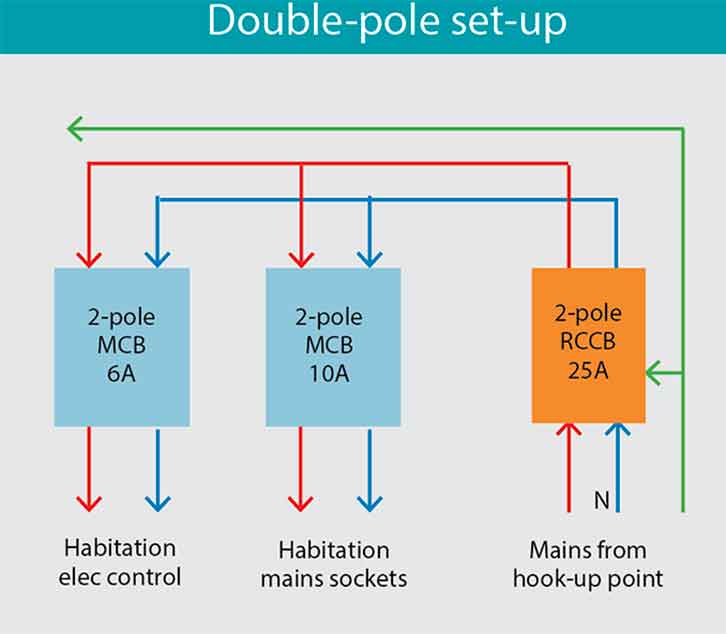
This means that those of you who have vehicles originating from the Continent will probably find your fuse panel/consumer unit equipped with double-pole devices. But fret not, because they can protect you just as well, if not better…
The polarity problem
Many of us take time out to check the polarity of the hook-up point when touring abroad. The reason? If we are equipped with a UK breaker system, we may find that, in the event of a malfunction, the RCCB will trip, but if the input polarity is reversed on the hook-up, the live conductor will still be in play – only the neutral will have been isolated, leaving the problem of lethal electric shock ever present.
The double-pole removes this problem, because it shuts off both conductors when it trips.
Fault-finding in RCCBs
When an RCCB flicks out, it can be hard to isolate where the fault might be because usually, there will be no bangs or smoke to give the game away (thanks to its rapid response time).
More often than not, earth leakage will have occurred (such as insulation breakdown in a portable appliance and so on), causing a ‘leakage’ current.
Knowing which appliance to blame can also be difficult, so the following procedure should be adopted.
First, unplug all of the available appliances. Turning them off is not enough: this just interrupts the live feed to the device, and the leak might be elsewhere – namely, a leakage from the neutral, which is usually a few volts above earth, hence a ‘leakage’ current of 30mA to earth can easily occur.
Once all of the appliances have been unplugged, reset the RCCB. If it flicks out again immediately, the fault is probably with one of the integral electrical circuits in the motorhome
– that is, the water heater or the battery charger, or even the internal power transfer wiring itself.
In such an event, if you yourself are not electric savvy, it’s definitely time to call in a qualified electrician, who can investigate further.
If the RCCB stays latched, plug in and try out the other appliances one by one, until it trips again.
Doing this methodically will give you a clue as to where the problem actually lies. If the RCD trips when you switch something back on, then you really need look no further.
Take a look at our overview of checking for faults in habitation device electrics too to find out more about another type of problem that can occur in your ‘van.
Types of RCCB
RCCBs come in many forms. They can be combined into socket outlets, incorporated in supply leads or built into appliances. But in all cases, they will operate in the same way.
All RCCBs have a test button, which, when depressed, will apply a pseudo-leakage path for current to pass, which, in turn, if the device is then operating correctly, will cause it to trip out.
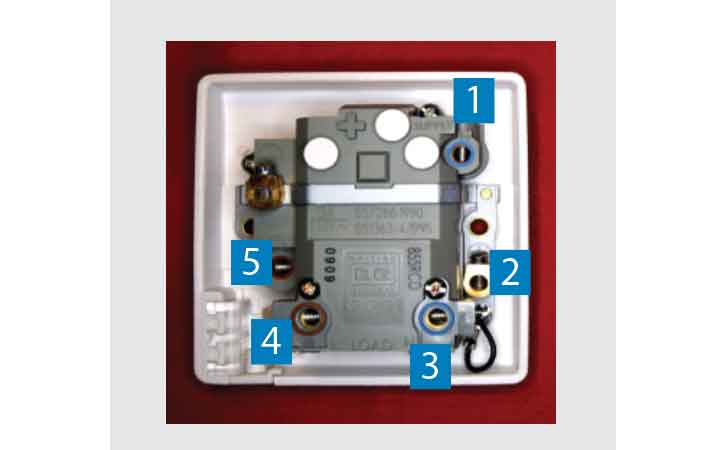
When you are choosing an RCCB for use in your vehicle, bear in mind that all of the ’van’s current consumption will be passing through it, so provision needs to be made accordingly.
Most ’vans (and hook-ups) have a 10A breaker capacity, so this is normally the starting point.
Electric hook-ups
On the subject of hook-ups: some have RCCBs built in. This can present some problems, in that if the hook-up RCCB activates ahead of the one fitted in the motorhome, it can be rather difficult to resolve matters if the hook-up device is inaccessible – for example, locked in the hook-up box.
I had this problem once on tour in Luxembourg; I had to wait until the morning, when reception opened, for the staff to unlock the hook-up box and reset it before I had any power.
It turned out that somebody in my ’van had forgotten to mention having immersed the electric kettle base in water!
After more electrical know-how? Then check out our guide to winter battery care to find out what you can do to look after your ‘van’s battery during the colder months.
Future Publishing Limited, the publisher of Practical Motorhome, provides the information in this article in good faith and makes no representation as to its completeness or accuracy. Individuals carrying out the instructions do so at their own risk and must exercise their independent judgement in determining the appropriateness of the advice to their circumstances. Individuals should take appropriate safety precautions and be aware of the risk of electrocution when dealing with electrical products. To the fullest extent permitted by law, neither Future nor its employees or agents shall have any liability in connection with the use of this information. Double check any warranty is not affected before proceeding.
If you’ve enjoyed reading this article, why not get the latest news, reviews and features delivered direct to your door or inbox every month. Take advantage of our brilliant Practical Motorhome magazine SUBSCRIBERS’ OFFER and SIGN UP TO OUR NEWSLETTER for regular weekly updates on all things motorhome related.
